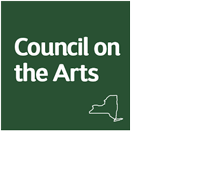
Spiritualism began in the 1840s in the “Burned-Over District” in western New York, so named for the intense religious revivals that took place there during the Second Great Awakening. Charles G. Finney, one of the revivalist leaders, coined the term because the area had been so heavily evangelized that there was no one left there to convert. In March 1848, sisters Kate and Margaret Fox claimed they had made contact with a spirit that communicated through rapping noises. Spiritualism became widespread across the country, with a swell in popularity during the Civil War, as people lost loved ones in America’s deadliest confrontation. A staggering 2% of the population was lost during the war; taken as a percentage of today’s population, it would equal nearly 6 million Americans.
As illustrated by the journal entry above, the Shakers attended séances and invited mediums into their communities. They communicated with Spiritualist preachers, particularly James M. Peebles, whom they considered their “dear friend.” They experienced their own religious revival in the late 1830s and 40s, when a young girl at the South Family in Watervliet received spiritual visions. The Ministry was confused by this sudden upswing in spiritual activity, not least of all because it was not them receiving these messages, but a young novitiate. During this period, public meetings were temporarily closed to avoid any misunderstanding and misinterpretation by the outside world. This Era of Manifestations, also called Mother Ann’s Work, was and is a controversial time in Shaker history. Many of the decrees that came out of the revival were later abandoned, including several spiritual texts. However, an incredible amount of art (“spirit drawings”) and music was created during this period.
The Shakers were very diverse in whom they communicated with during these visions. The journals record messages from a number of Native American spirits, as well as African, Arab, and Chinese spirits. The “instruments” also communicated with “celebrities” like George Washington and foreign royalty. According to the Shakers, Washington had posthumously converted to Shakerism, along with the Marquis de Lafayette.
For the World’s People, Spiritualism provided comfort during times of mourning. This was especially true during war, when casualties were high and deaths were violent. But for the Shakers, death was merely the passing from one stage – an earthly existence – to a higher, spiritual one. Loss was a cause for mourning, certainly, but not desolation. The Shakers believed immortality was achieved in the afterlife. All would be reunited in heaven. And, because the Shakers modeled their earthly communities after heaven, the real heaven would be just like returning home. Ill Shakers often expressed their desire to pass into the spirit world. Brother Freegift Wells, who suffered from severe bouts of colic, penned in January 1865: “I feel anxious for an orderly pass into the Spirit World.”
When we compare the Shakers’ attitudes on aging and death to those of their contemporaries in “the World,” we can learn quite a bit about what ideals were important to both groups. Death was nothing to fear, and admittance into heaven was the ultimate goal. On October 4th at 5:30pm, we will investigate this topic deeper with a lecture called “But We’ll Meet Them All Again in Our Spirit Home”: The Shakers, Aging, and Death. Feel free to bring a “brown bag” dinner. Dessert will be provided by the museum. There is a $5 suggested donation for this lecture. Please call (518) 456-7890 x23 or email shakereducator@gmail.com to sign up.








